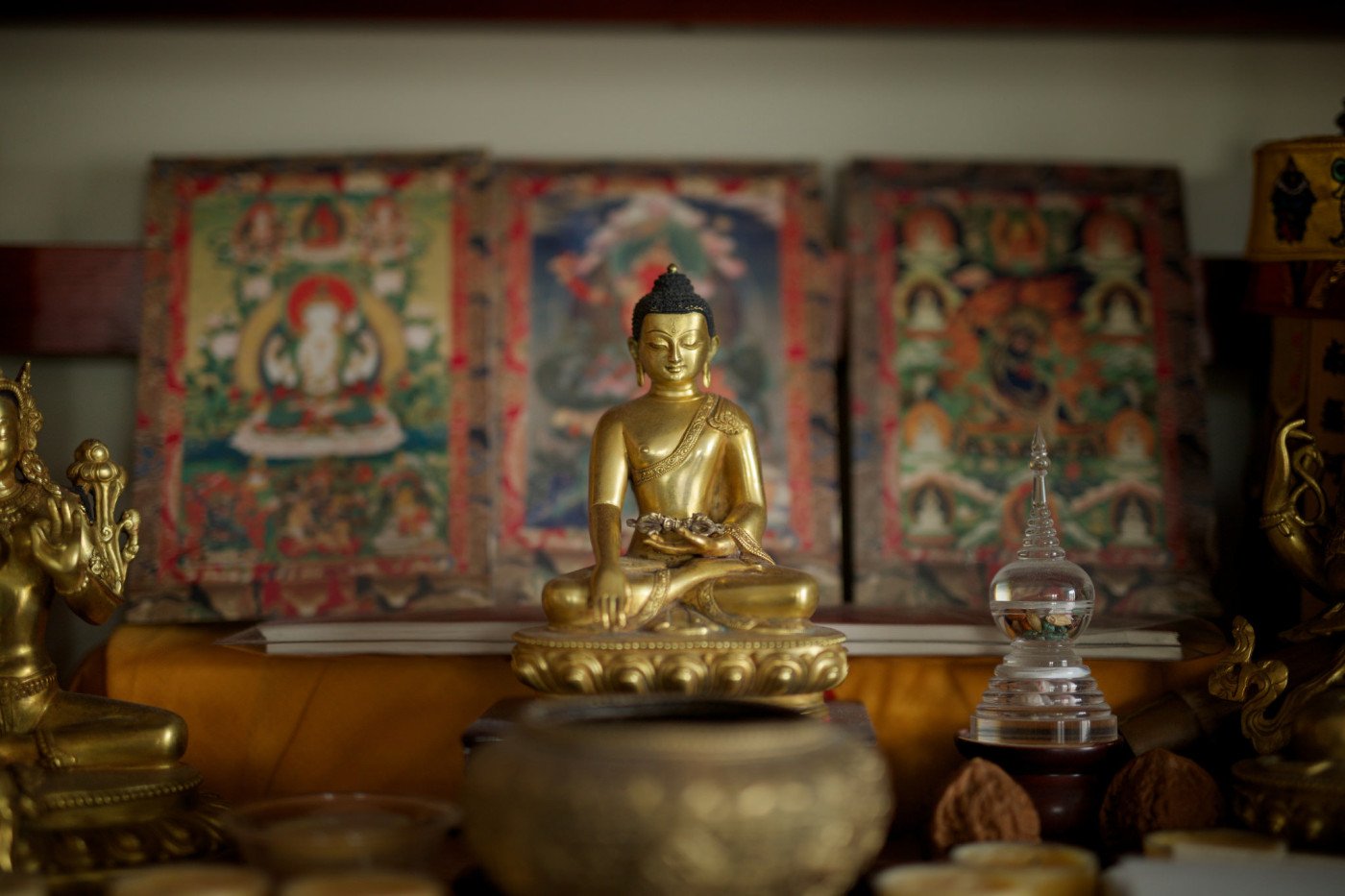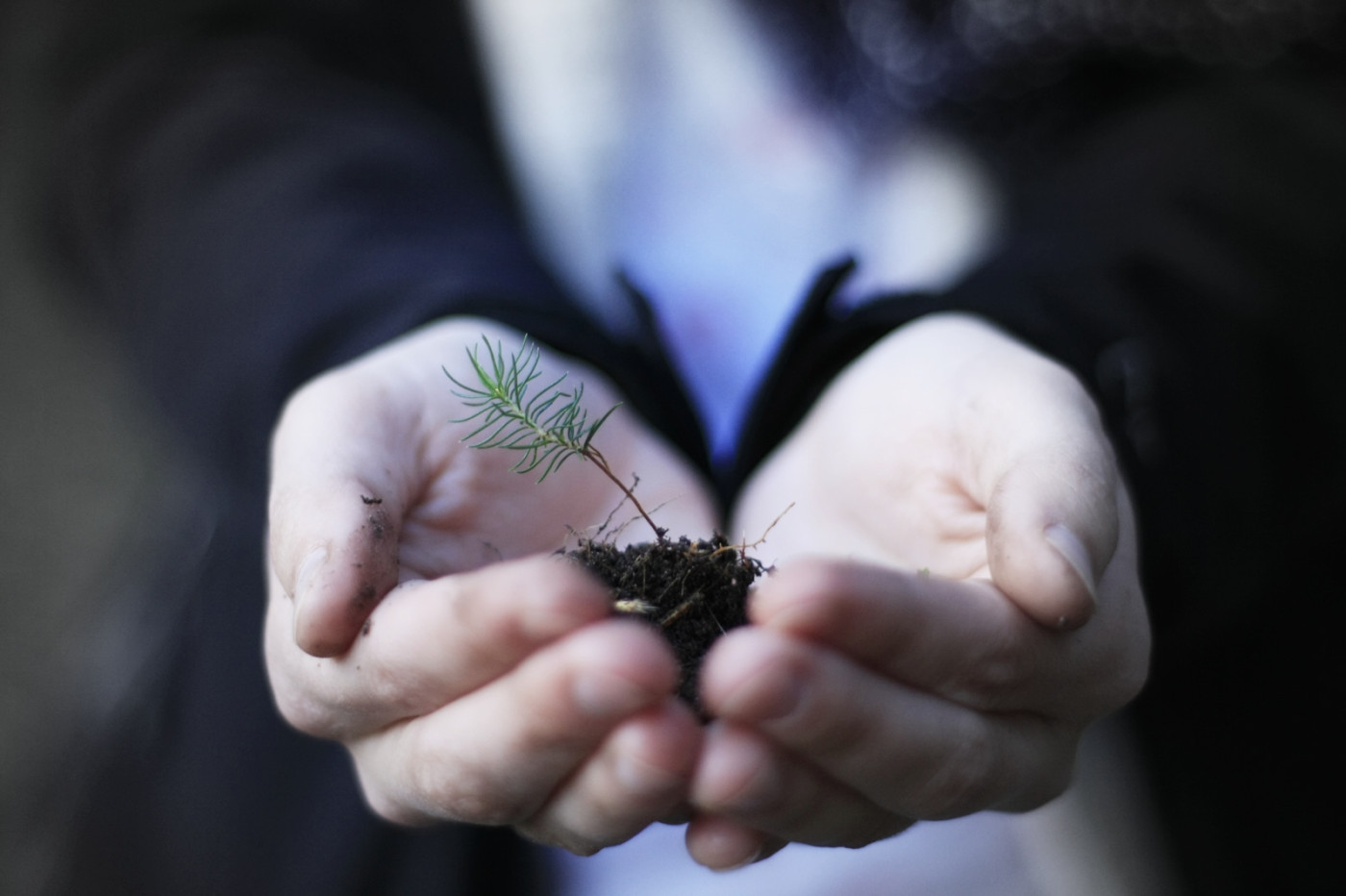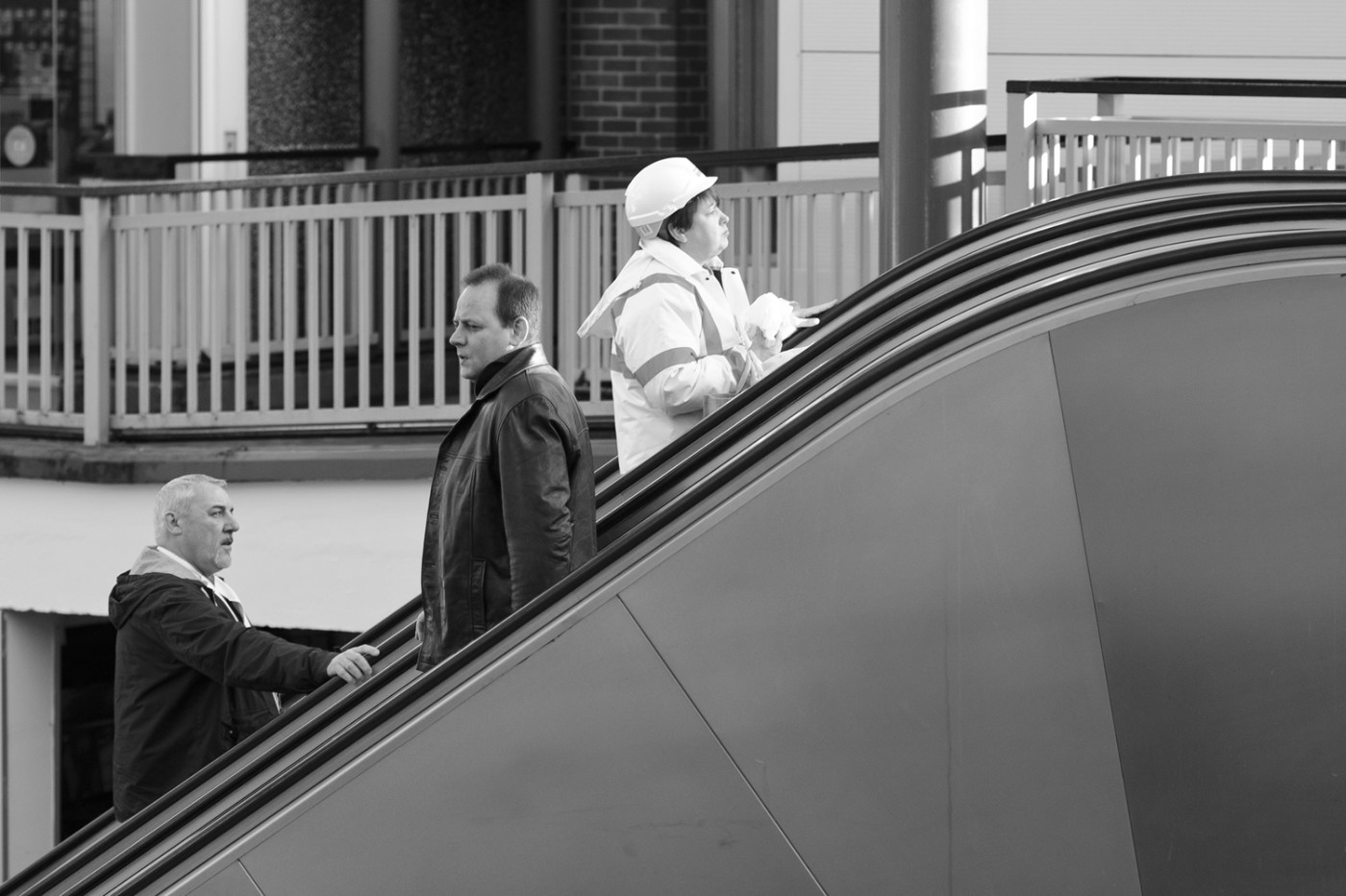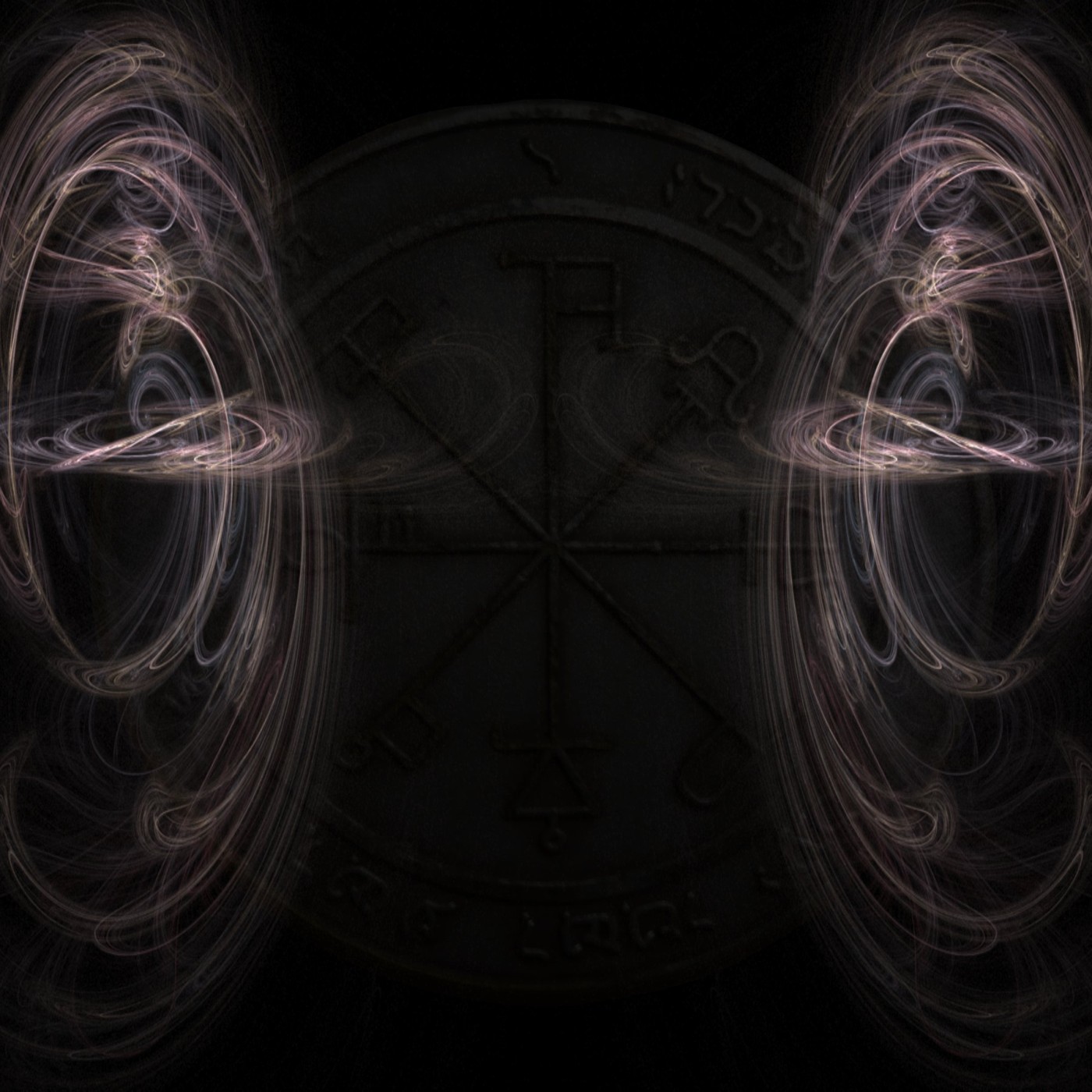A public lecture by Geshe Michael Roach in downtown Melbourne, Australia in 1999. This lecture is divided into two parts, the first part is learning how to do a death meditation and then the second part is learning the practice of exchanging yourself and other people. These two practices normal come together and teach us a very powerful method of prioritizing our life and living in the most meaningful way possible.
Audio
Death is feared, avoided, and denied in ways that often causes us to live as if we will never die. At the end of life, people often die with intense regret from not having done the important things they wanted to do in their life. Acknowledging the fact that we will die, and that we have a limited, unknown amount of time left is essential to making our life choices. By meditating on death in the proper way, we can make every moment of life precious and meaningful. A good death meditation results in a happy, clear mind, free of anxiety and fear. One learns to live each day of life as if it were the last, thereby avoiding meaningless activity and spending each moment in the most fulfilling way possible.
Options for Further Study
To deepen your study on the information introduced in this course, please refer to the following courses on The Knowledge Base:
 Daily Practice Series Course 05: Meditation on Death and the End of Death (1999, Raleigh, Geshe Michael Roach)
Daily Practice Series Course 05: Meditation on Death and the End of Death (1999, Raleigh, Geshe Michael Roach)
Death is feared, avoided, and denied in ways that often causes us to live as if we will never die. At the end of life, people often die with intense regret from not having done the important things they wanted to do in their life. Acknowledging the fact that we will die, and that we have a limited, unknown amount of time left is essential to making our life choices. By meditating on death in the proper way, we can make every moment of life precious and meaningful. A good death meditation results in a happy, clear mind, free of anxiety and fear. One learns to live each day of life as if it were the last, thereby avoiding meaningless activity and spending each moment in the most fulfilling way possible.
 ACI Course 08: Death and the Realms of Existence (1996, New York, Geshe Michael Roach)
ACI Course 08: Death and the Realms of Existence (1996, New York, Geshe Michael Roach)
ACI Course 08: Death and the Realms of Existence (1996, New York, Geshe Michael Roach)
This Course is based upon the Treasure House of Higher Knowledge (Abhidharma Kosha) by Master Vasubandhu (350 AD), along with its commentary by the First Dalai Lama, as well as sections of the Great Book of the Steps to Buddhahood (Lamrim Chenmo) by Je Tsongkapa (1357-1419).
 How to do a Daily Practice: Life or Death Meditation (1997-1999, New York, Geshe Michael Roach)
How to do a Daily Practice: Life or Death Meditation (1997-1999, New York, Geshe Michael Roach)
How to do a Daily Practice: Life or Death Meditation (1997-1999, New York, Geshe Michael Roach)
Topics include: the goal of meditation: seeing emptiness directly and creating your own enlightenment; the importance of preparing for meditation; preparing your meditation place; cleaning the room; finding a meditation seat; and setting up an altar; prostration: acknowledging the prescence of holy beings; offerings; proper meditation posture; what good meditation feels like; the purpose of watching your breath in meditation; how to watch your breath in meditation; examining the reason to meditate; meditating to stop your death; dedicating good karma; silent meditation on watching your breath and thinking about why to meditate; guided meditation on watching your breath.
 Dharma Essentials Course 08: Death and the Realms of Existence
Dharma Essentials Course 08: Death and the Realms of Existence
Dharma Essentials Course 08: Death and the Realms of Existence
The Dharma Essentials Courses provide “essential” versions of the fifteen ACI Formal Study Courses for those who just want the “bottom line” or do not have the time for the full Formal Study Course. This Course is based upon the Treasure House of Higher Knowledge (Abhidharma Kosha) by Master Vasubandhu (350 AD), along with its commentary by the First Dalai Lama, as well as sections of the Great Book of the Steps to Buddhahood (Lamrim Chenmo) by Je Tsongkapa (1357-1419).
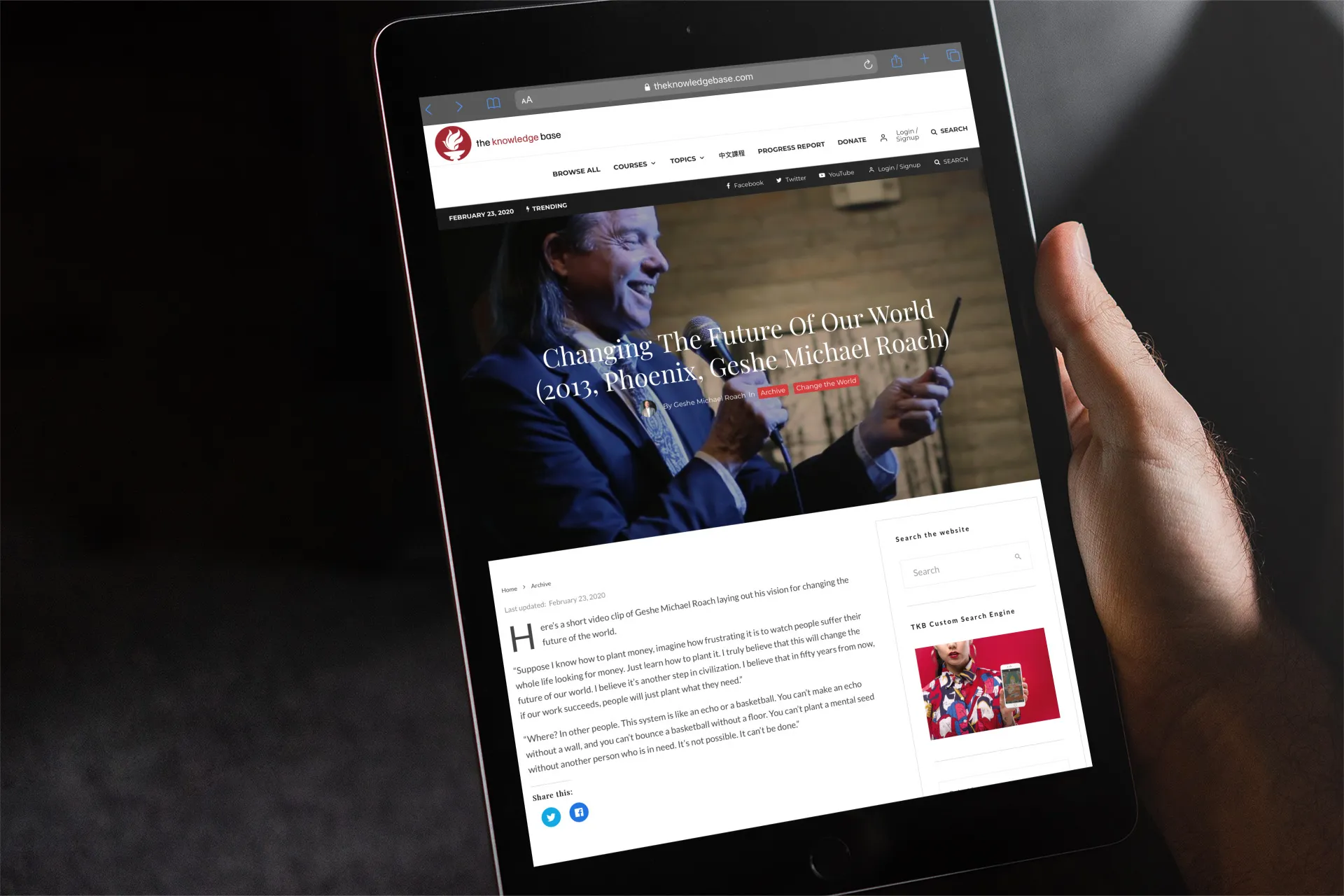






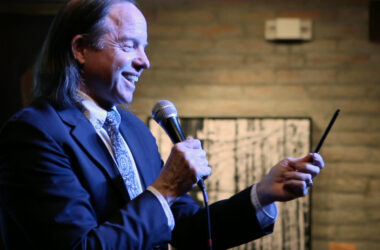
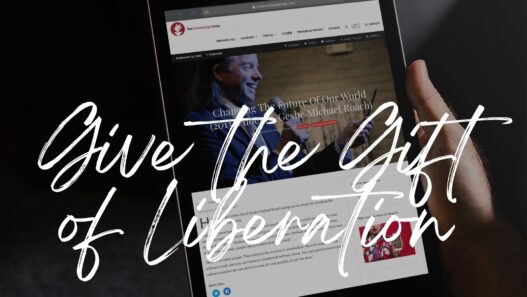

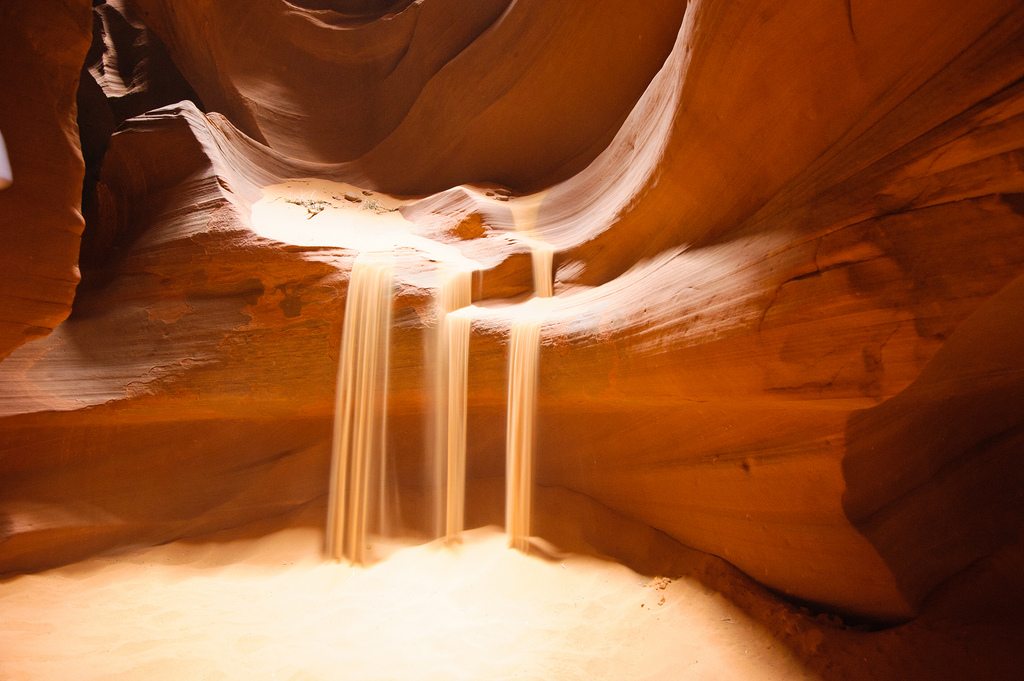
 Daily Practice Series Course 05: Meditation on Death and the End of Death (1999, Raleigh, Geshe Michael Roach)
Daily Practice Series Course 05: Meditation on Death and the End of Death (1999, Raleigh, Geshe Michael Roach) ACI Course 08: Death and the Realms of Existence (1996, New York, Geshe Michael Roach)
ACI Course 08: Death and the Realms of Existence (1996, New York, Geshe Michael Roach) How to do a Daily Practice: Life or Death Meditation (1997-1999, New York, Geshe Michael Roach)
How to do a Daily Practice: Life or Death Meditation (1997-1999, New York, Geshe Michael Roach) Dharma Essentials Course 08: Death and the Realms of Existence
Dharma Essentials Course 08: Death and the Realms of Existence


